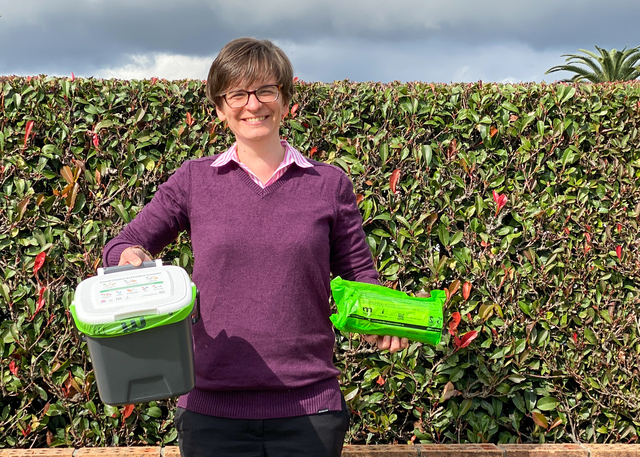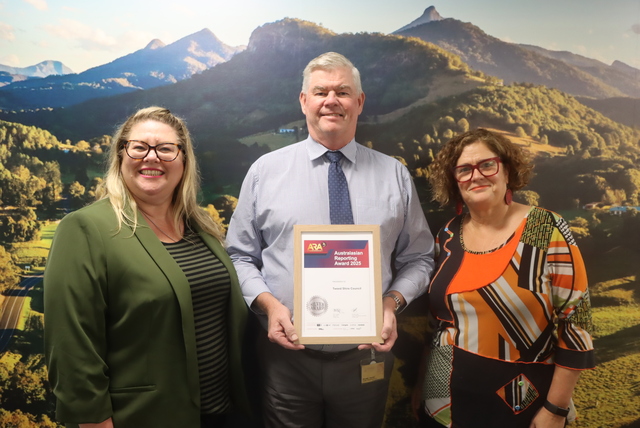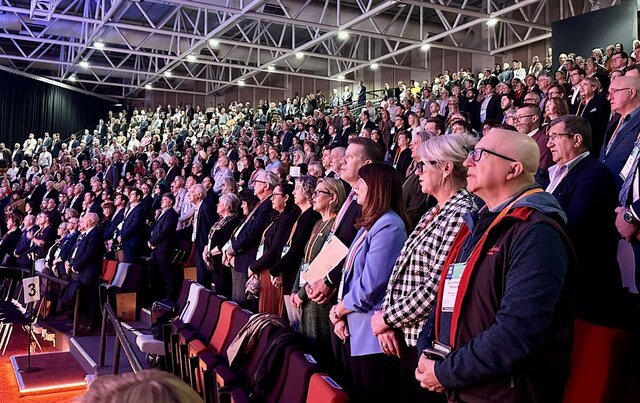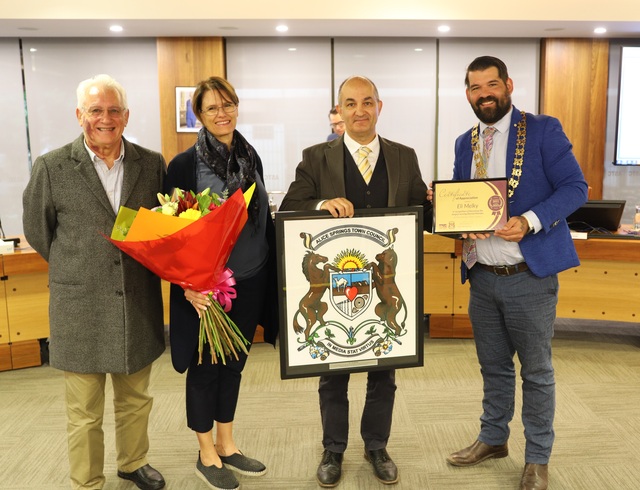The UK Experience by Malcolm Morley *
On 22 September 2002 over 1,400 towns and cities from 38 countries throughout Europe participated in the In Town, Without My Car! day, resulting in town centre streets being closed to cars and lorries. Started in England in 1995, and soon adopted throughout Europe, streets took on a new life for people to enjoy walking, cycling, street theatre, live music, dancing, public art and children’s play areas. With huge support from the public, it has proved to be one of the more popular traffic initiatives and is seen as part of a vision for town centres less dominated by cars and lorries.
Councils throughout England are increasingly supporting the initiative and are seeing the opportunity to challenge the current balance between the differing and frequently competing needs of street users.
Town centres without traffic force Councils and businesses to think positively about how transport and delivery systems can be more integrated and sustainable. Councils have recognised that too frequently the dominance of traffic has not been challenged when alternatives are available.
Measurement of air pollution in many towns before and during the In Town, Without My Car! day illustrated the impact of traffic. Carbon monoxide was reduced by up to 50 per cent, oxides of nitrogen went down by up to 40 per cent, and up to 40 per cent lower ozone and particulates were recorded. Noise levels were also reduced significantly. If these were sustained throughout the year they could lead to significant reductions in risks to health and provide major benefits for the environment.
As community leaders and Highway Authorities, Councils have a fundamental role to play in building on the benefits of the In Town, Without My Car! day. Increasingly they are seeking to engage with local businesses to work with them to review their needs for the delivery of goods, and to explore alternative scheduling and access requirements.
Local employers are also being asked to encourage their employees to use public transport for their journeys to work or to share transport.
In some towns, even small towns, formal action is being taken by Councils in the form of declaring Air Quality Management Areas (AQMAs). These AQMAs are made where air pollution is above national limits and they seek to achieve a reduction in air pollution arising from traffic. The need for these areas has been created by an increase in traffic, and the design of streets.
Towns dating back from previous centuries were designed for horses and carriages, not for cars and lorries. Often narrow streets create a canyon effect, allowing pollutants to build up. Traffic flow becomes of paramount importance both in terms of volume and also the time spent stationary with engines running at traffic lights and so forth. Restricting access to these streets is becoming a norm.
New powers have recently been introduced for Councils to fine the owners of vehicles who leave their engines running while stationary in designated areas.
Councils have an important role to play in traffic management in England, which is increasingly been seen within the context of preventing ill health and for environmental protection.
* Malcolm Morley is a Strategic Director of South Oxfordshire District Council. This is one of a series of articles he is writing covering trends in the United Kingdom. He may be contacted by email at Malcolm.Morley @southoxon.gov.uk
The views expressed in this article are not necessarily those of his employer.







